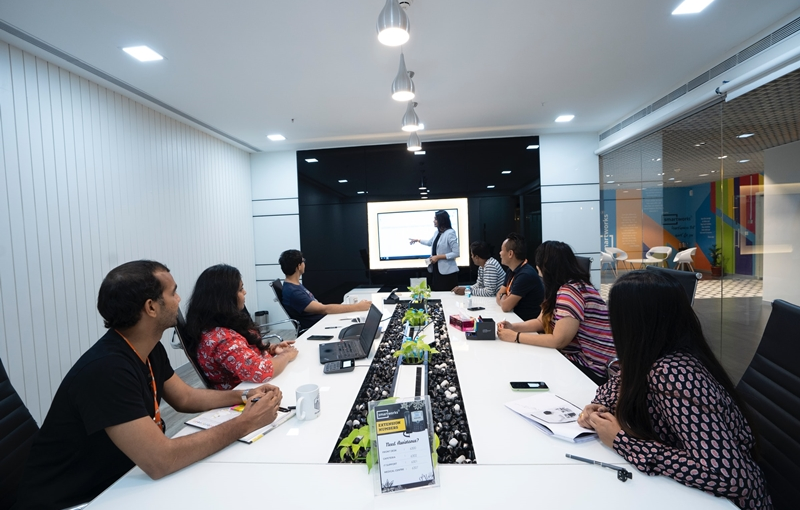The effectiveness of meetings is crucial for driving productivity and achieving organisational goals. However, determining the success of meetings isn’t always straightforward. To truly understand their impact, businesses need to employ metrics that go beyond mere attendance or duration. In this post, we’ll explore the key metrics for assessing the effectiveness of meeting rooms, enabling organisations to optimise their resources and foster a culture of efficiency.
- Attendance Rate
While it may seem basic, attendance is a fundamental indicator of a meeting’s relevance and importance. However, measuring attendance goes beyond headcounts. It involves analysing who attended the meeting and their roles within the organization. Are decision-makers present? Are key stakeholders involved? Understanding the composition of attendees provides insights into the meeting’s relevance and potential impact. - Engagement Levels
Engagement is a critical factor in determining meeting effectiveness. Are participants actively contributing to discussions, or are they disengaged or distracted? Engagement can be assessed through various means, such as analysing participation rates, tracking contributions, or even utilizing sentiment analysis tools to gauge the overall mood of the meeting. By measuring engagement levels, organisations can identify areas for improvement and tailor meeting formats to maximise interaction and collaboration. - Actionable Takeaways
A successful meeting should result in actionable outcomes and decisions. Metrics related to action items generated, tasks assigned, or decisions made provide valuable insights into the meeting’s effectiveness. Additionally, tracking the implementation of these outcomes over time allows organisations to assess the real-world impact of their meetings and adjust strategies accordingly. - Time Utilisation
Time is a precious resource in any organization. Analysing how meeting time is utilized can reveal inefficiencies and opportunities for improvement. Metrics such as meeting duration, time spent on agenda items, and adherence to schedules help identify time-wasting practices or topics that require more or less discussion. By optimising time utilisation, organisations can minimise disruptions to workflows and enhance overall productivity. - Return on Investment (ROI)
Ultimately, meeting effectiveness should be evaluated in terms of its contribution to organizational goals and objectives. Calculating the ROI of meetings involves assessing the value generated relative to the resources invested. This can include factors such as cost per participant, revenue impact, or improvements in decision-making processes. By quantifying the ROI of meetings, organisations can prioritise high-value activities and allocate resources more strategically. - Feedback and Satisfaction
Feedback from participants is a valuable source of information for evaluating the effectiveness of meetings. Surveys or feedback forms can capture participants’ perceptions of the meeting’s relevance, organisation, and outcomes. Additionally, tracking trends in satisfaction levels over time allows organisations to identify areas for improvement and measure progress in enhancing meeting experiences. - Impact on Decision-Making
Meetings play a crucial role in driving organisational decision-making processes. Metrics related to decision velocity, accuracy, and alignment with strategic objectives provide insights into the impact of meetings on business outcomes. By measuring the influence of meetings on decision-making, organisations can optimise processes and ensure that meetings contribute meaningfully to achieving desired results.
In conclusion, measuring meeting room effectiveness requires a holistic approach that considers various dimensions of performance, from attendance and engagement to actionable outcomes and ROI. By employing these key metrics, organisations can gain valuable insights into the impact of their meetings and implement strategies to enhance efficiency, collaboration, and ultimately, business success.
